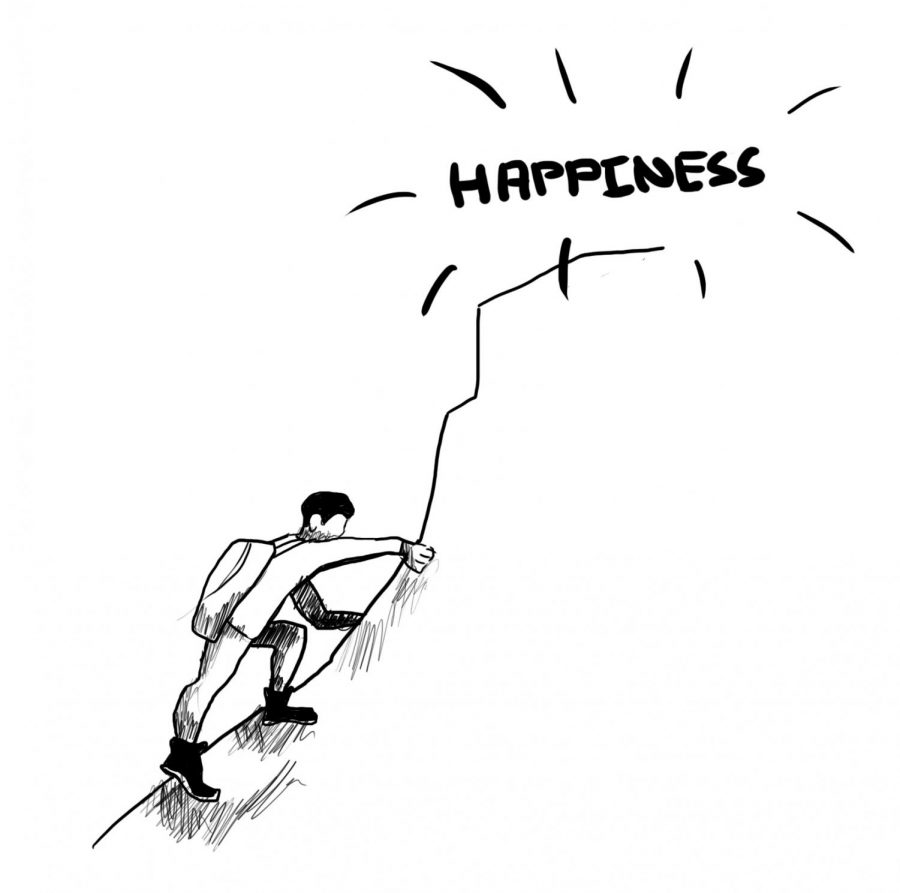At Whitman we enjoy talking about “breaking out the of the bubble.” As the semester wears on, many of us sign up for OP trips or go on road trips to Seattle, attempting to satisfy this nagging feeling that there is more to life than lies between Maxey Hall and Reid Campus Center.
As a senior, it has suddenly dawned on me that soon I won’t just be taking a break from the duck-filled sidewalks of Whitman College, but this bubble we keep talking about will collapse around me. As its imminent demise becomes apparent, I’ve started to wonder if there isn’t something uniquely important about living in a bubble community.
There is something unique about being able to walk down the street and see three of your best friends in a span of three minutes. It is something beneficial, not only to your personal happiness, but, I would argue, also good for the world.
If you think about it, bubble life has a lot in common with an eco-friendly lifestyle. Living in a bubble implies life in a close-knit community, with an emphasis on the close, in terms of both distance and friendliness.
Walking, biking, carpooling, eating local food, wearing local crafts: these are all characteristics of a bubble community, as well as activities that you’re likely to find on a flier from Campus Climate Challenge.
Crazy to equate happiness and sustainability in one bubbly box? Maybe, but surely I’m not alone in my delusions.
Many people consider college to be the best four years of their lives. While this may not be true for everyone, environmental economist Bill McKibben has often written about college communities as a model for a sustainable and happy lifestyle.
In his essay “Global Warming Can’t Buy Happiness,” McKibben cites studies showing the steady decline in happiness during times of sterling economic growth as a sign that big houses in the suburbs, larger televisions and more technological gadgets have made us less happy.
As McKibben puts it, “Would you rather have a new television or a new friend?” Evidently, valuing people over things could go a long way in cutting carbon emissions and making everyone a lot happier.
In the 1970s, the idea that neighborhoods should be connected and walkable spawned a whole new type of urban planning called smart growth. The focus on climate change over the past couple of years has given a lot of momentum to smart growth-type development.
In 2005, Seattle Mayor Greg Nickels launched the U.S. Mayors’ Climate Protection Agreement to have cities commit to reducing carbon emissions. One of the ways that 973 mayors have pledged to do this is by adopting smart growth principals.
These principals include many traits inherent to college lifestyles, especially small colleges in Walla Walla, Wash. Whitman is very walkable and bike-able, has a large amount of natural beauty and is a “distinctive, attractive community.”
That last trait immediately brings to mind the vast number of Whitties who can go multiple days without showering and still look damn sexy in their flannel.
I’ve realized that not only will I miss watching those naturally beautiful bohemians roam Ankeny, but that I’m really going to miss this bubble!



